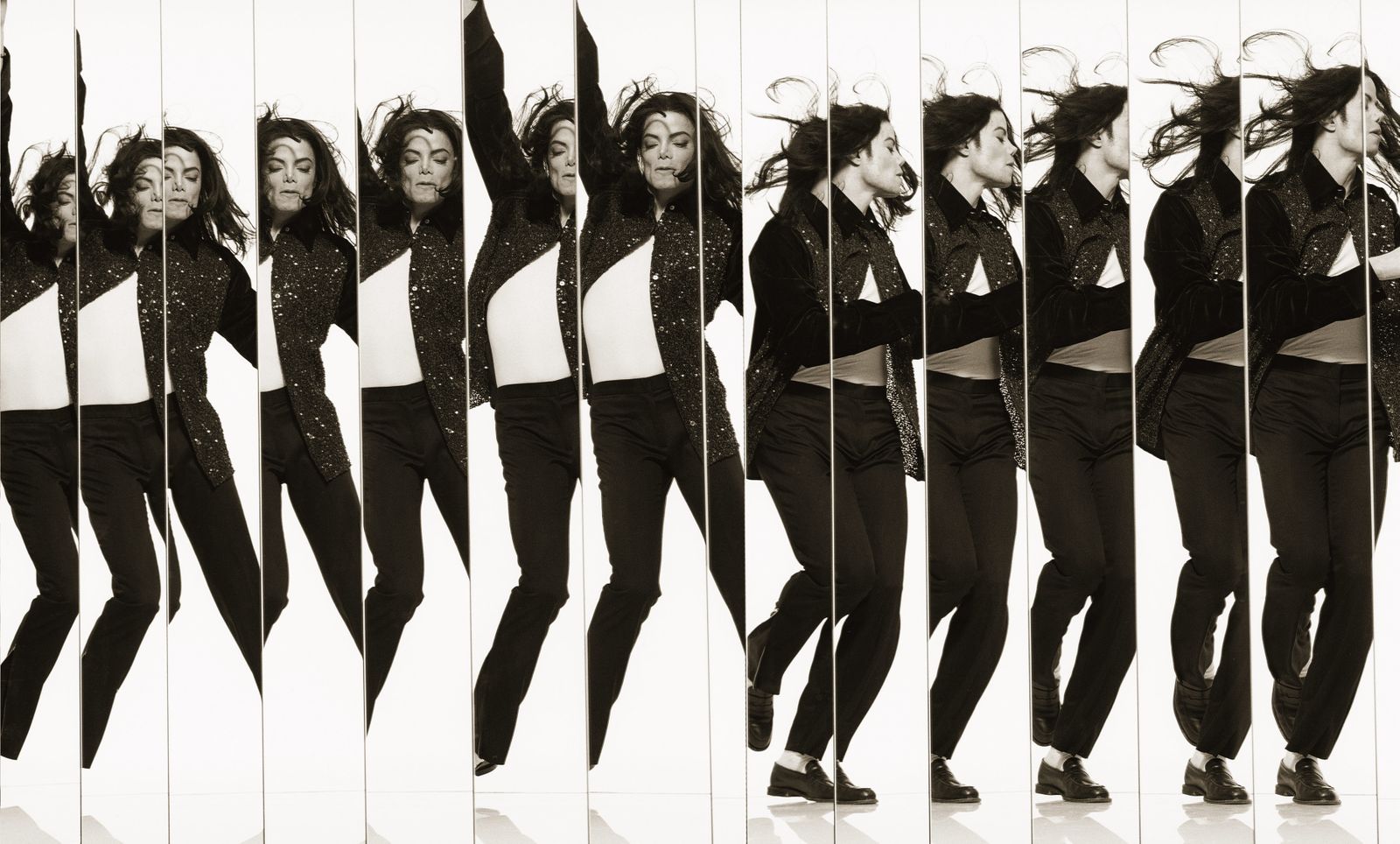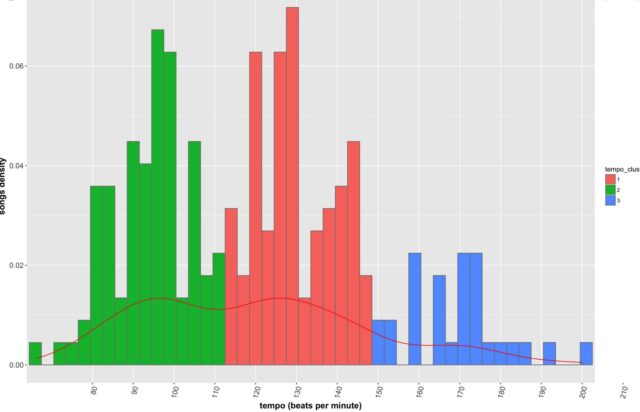
How is it that one song of the same album becomes a hit while the rest do not even come in a list. To answer these questions, the Pound of Music screened every chart-topping hit based on five primary elements. The ongoing pandemic has hit every industry, including the music industry.
While many albums and singles are yet to be released, festivals like Coachella and Glastonbury were canceled or will now take place online. To help music artists during such a time, a statistical analysis of each chart-topping song across various countries was done. This article will highlight the multiple aspects and elements that were considered during the study.
The 3 key ingredients to a successful chart-topper
Most of the top 20 songs from every country have spent a significant amount of time in the first position. This statistic is based on the interactive chart that is showcased at the Betway’s Online Casino. Each of these tracks has different characteristics. With the help of a filter, we can sort these songs based on the danceability, energy, tempo, and key. These are otherwise known as the technical elements of the song.
1. Understanding the technical elements of a song

Three main elements or specifics were considered during the identification process of what makes a song a chartbuster. Let us look at each of them individually and understand their importance.
- Key
The Key is a method of similar grouping notes within a particular set. The scale is determined when the first and the last letters are the same. For example, the first alphabet in a song played in the key of C major is based around the seven notes (C, D, E, F, G, A and B). The notes determined by the key make up a song’s melody, chords, and baseline.
- Tempo
The Tempo of the music determines the number of beats within each second. Measured in beats per minute BPM. It is similar to a heartbeat since tempo provides the ‘pulse’ of the music. For example, one beat per second would equate to 60BPM, with two beats a second being 120BPM.
- The meter signature or Time signature
Every song has a bar, which is considered as the measure of the song. When we refer to the time signature, it means we are referring to the number of beats in each bar. This measure is generally considered in genres like funk, country, blues, rock, and pop numbers.
2. The two main measures of the song that brings out the feel

Each of us can relate to some song as it brings out a particular emotion when we listen to it. Just as much as the technical elements are essential; similarly, it is also vital to understand how the listeners feel. The tracks are categorized into various categories like noisy, loud, fast, etc.
These categories are based on what we feel. For example, trance gives us a fast feel, while death metal can be very noisy. These factors also contribute to the overall score a song will get from those who truly understand music. To understand the songs that have become chart-topper hits, two main measurements were considered. They were
- The Energy
The energy of the song is linked to its activity and intensity. The energy also helps us to understand the loudness factor of the music.
- The Danceability
This helps to determine if people can dance on a particular number or not. Elements like overall regularity, beat strength, rhythm stability, and even tempo contribute to this factor.
3. The winning formula of a chart-topper hit for each country based on the five elements

To determine the chart-topper, each song undergoes a screening process using the above five elements and measurements. For example, in Argentina, the songs that generally make to the first spot are those under the pop genre. They are songs with a C major Key, 111 temps, a 75 score in energy, 73 in danceability, and a 4/4-time signature
- Counties that prefer faster beats vs. slower beats
Similarly, music fans in Mexico love songs with a faster base and also enjoy intense music. Even countries like Japan, Brazil, and Belgium also love songs with faster beats. Music lovers in Portugal prefer slow tempo songs with 104 BPM.
- Countries that prefer more energetic songs
Music fans in Spain preferred songs/tunes which were more energetic. Other countries on this list would be Argentina (75/100), Brazil (76/100), and Japan (80/100). The average score that such songs got in these countries was around 81 out of 100.
- Countries that prefer more relaxed songs
Countries like Portugal, UK, and South Africa loved songs with low energy scores. In these countries’ songs like – I see Fire by Ed Sheeran was one such hit. The song ruled the Swedish charts for close to eight weeks, and it scored 5 /100.
- Countries that prefer the danceability factor
Portugal, New Zealand, France, and Canada preferred songs that have a more danceability factor. On average, songs that have a danceability rating of 74/100 make it to the list. This is why songs like Nereviens pas by Gradur ft. HeussL’enfoiré and Old Town Road by Billy Cyrus topped the list. On the other hand, countries like Sweden, Brazil, and Japan did not pay much heed to the disability factor.
A final note

There is a general misconception that when a song tops the No. 1 position of a chart, it is because of the singer. The matter of the fact is that there is a lot more than meets the eye than just that. Every song undergoes a certain screening process keeping in mind the fans of various genres in each country.
The overall rating of each song under these measurements is what helps to make a song a chart-topper. Having an understanding of the five elements of screening is crucial for every artist. It is even more essential to keep these factors in mind especially at a time when the music industry is affected due to the ongoing pandemic.









